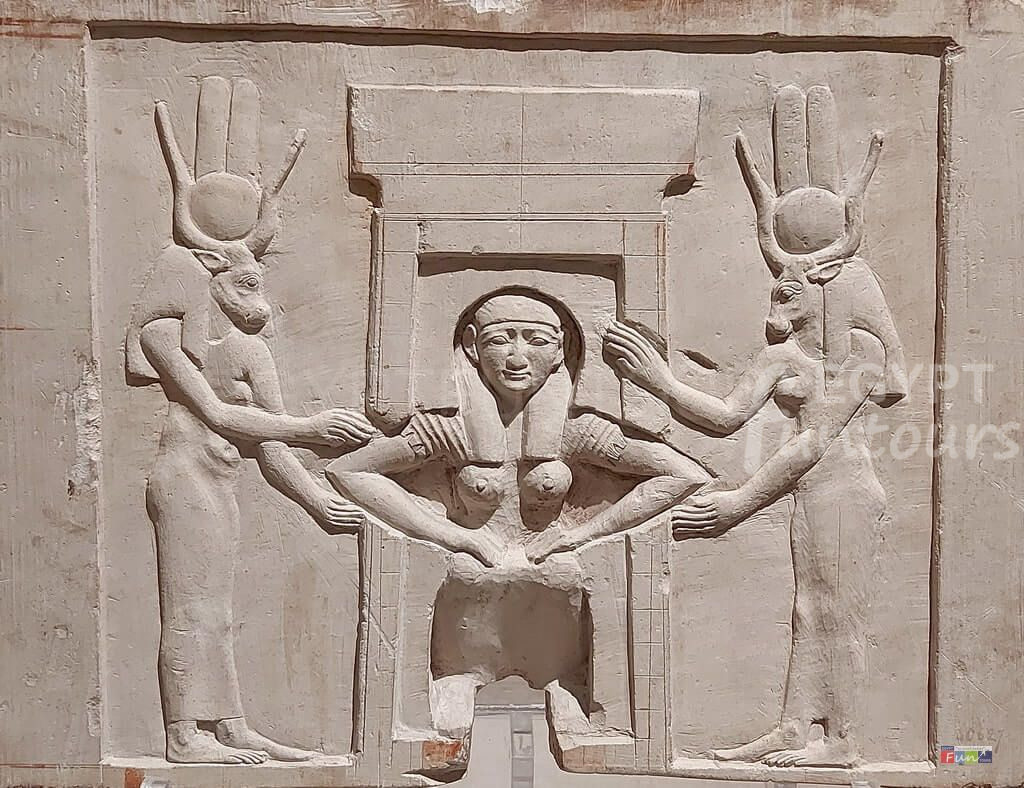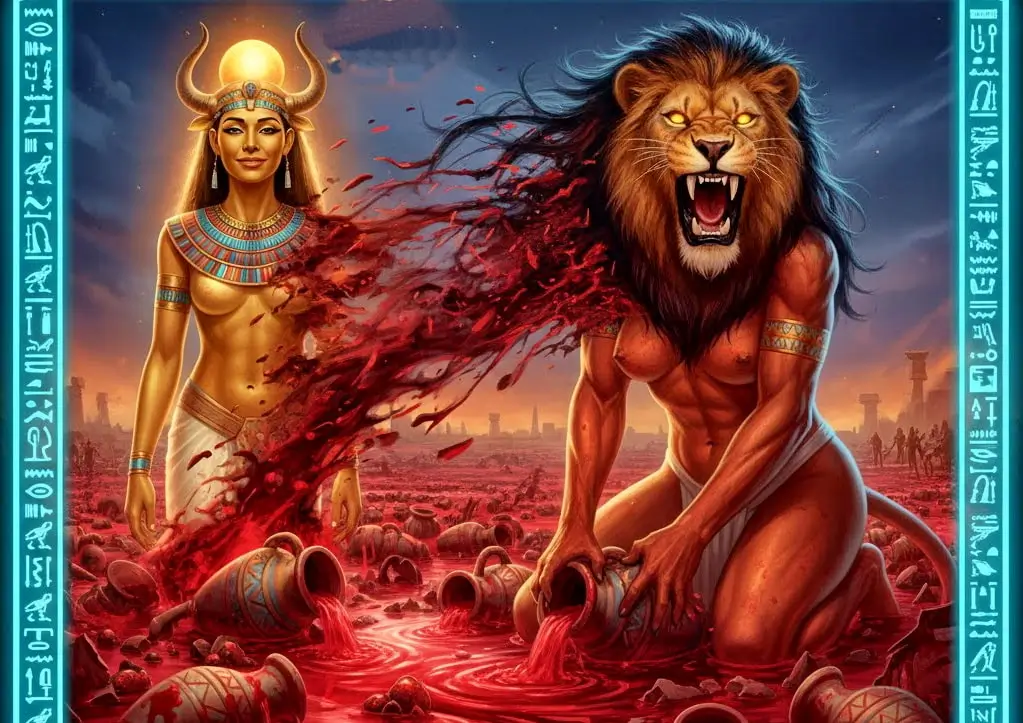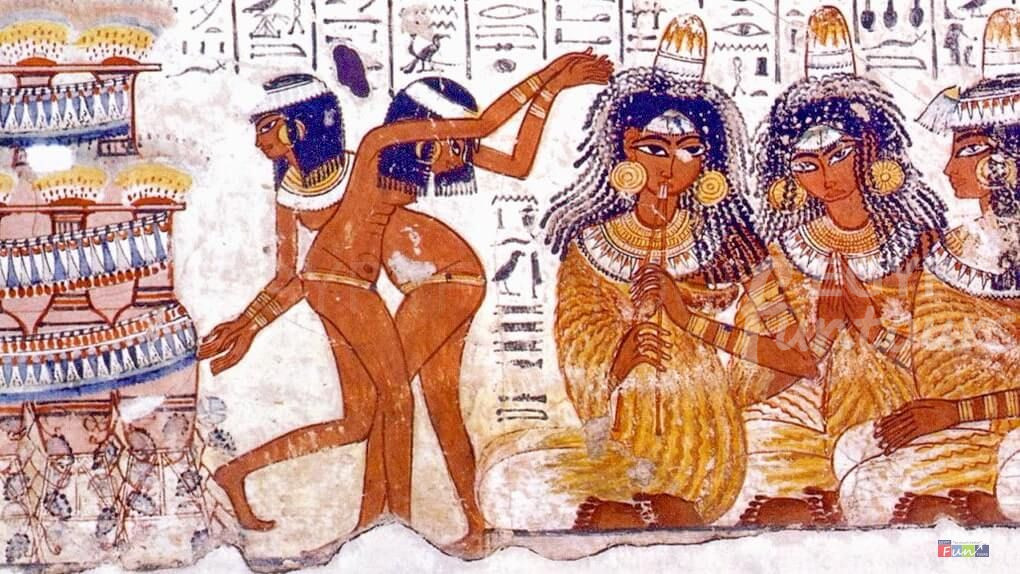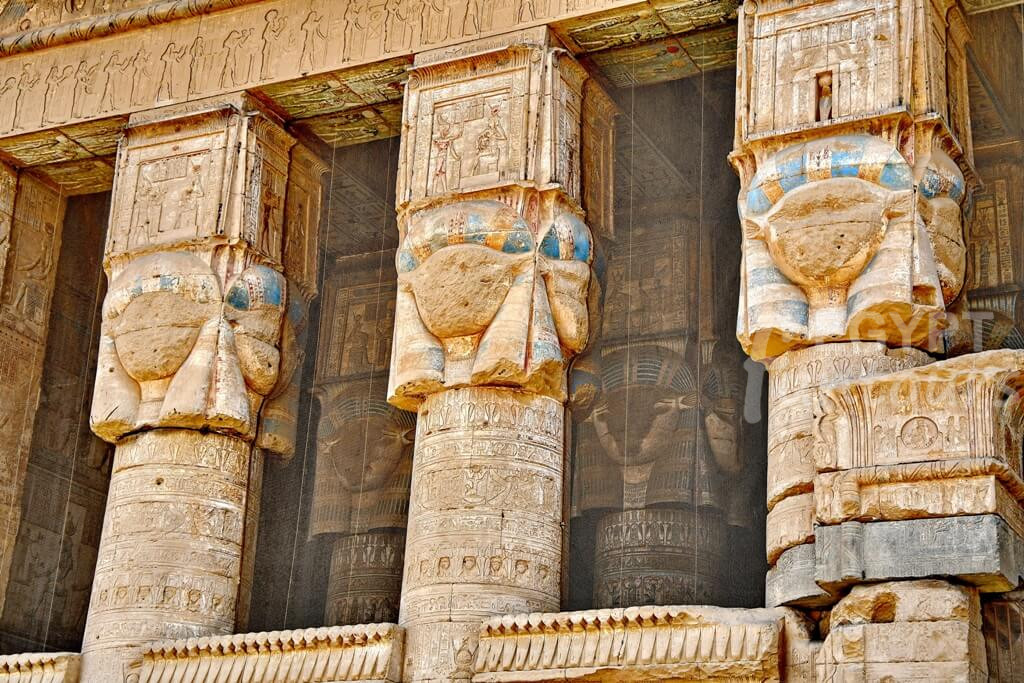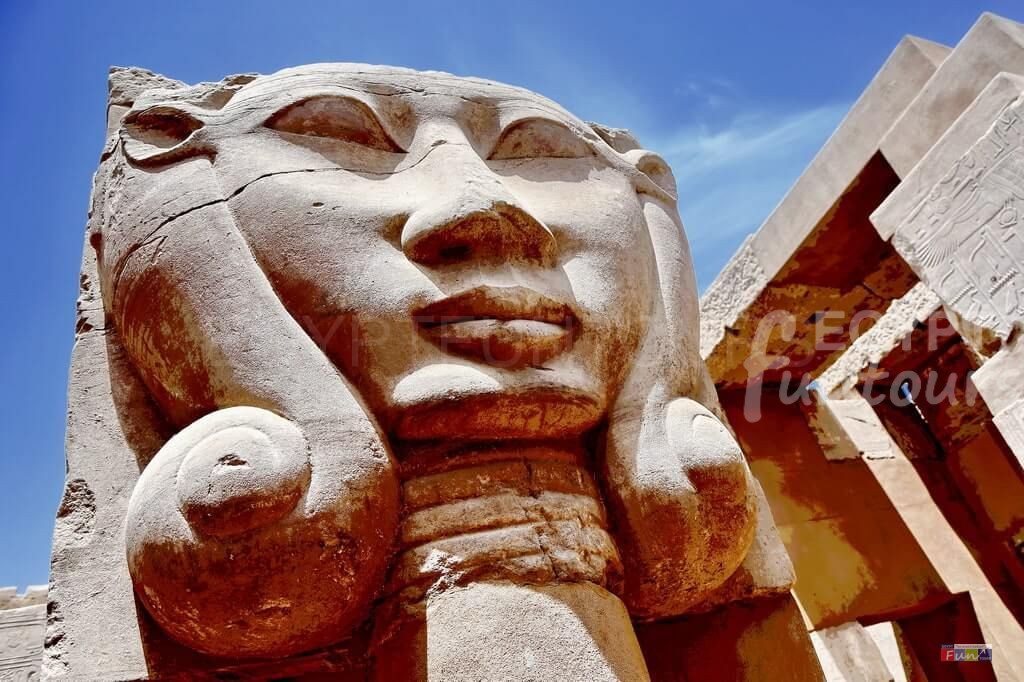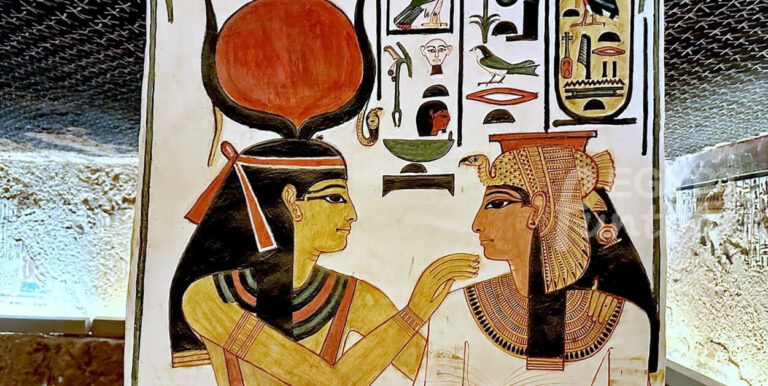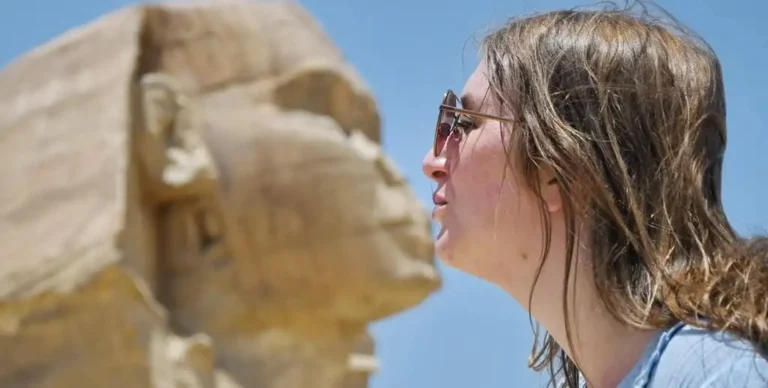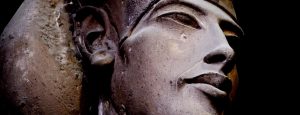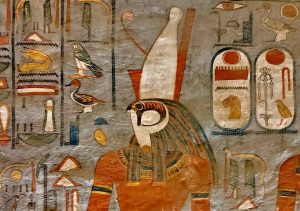The Golden Goddess of Joy
To understand the Ancient Egyptian Cow Goddess Hathor, you must first understand the animal itself. In ancient Egypt, cows were not just livestock; they were vital. They provided daily necessities and were the sole source of several healthy foods, like milk. Therefore, what the animal provided brought physical joy, just as mothers provide pleasure and sustenance to their children.
Hathor embodies this connection. She is one of the oldest and most significant deities in the pantheon, archeologists having found her representations on the very earliest unearthed objects. While she is famous as the goddess of maternity, music, love, and joy, her nature is complex.
Traditionally, artists depicted her as a cow or a beautiful woman wearing a crown of two horns with a sun disc between them. However, she had many faces. Beyond the cow and the woman, the Egyptians also portrayed Hathor as a fierce lioness, a protective snake, and even a life-giving sycamore tree.
This guide explores the “Universal Mother” in all her forms: from the nurturing Hathor Goddess to the vengeful Eye of Ra, and finally to her enduring legacy at the Temple of Dendera.
Key Takeaways
- Appearance: Woman with cow ears/horns and a sun disk, or a full cow.
- Main Domains: Love, joy, music, dance, fertility, and the protector of women.
- Key Myth: Her transformation into the Lady of Drunkenness (Sekhmet) during the Festival of Drunkenness.
- Cult Center: The massive Dendera Temple was her primary seat of worship.


